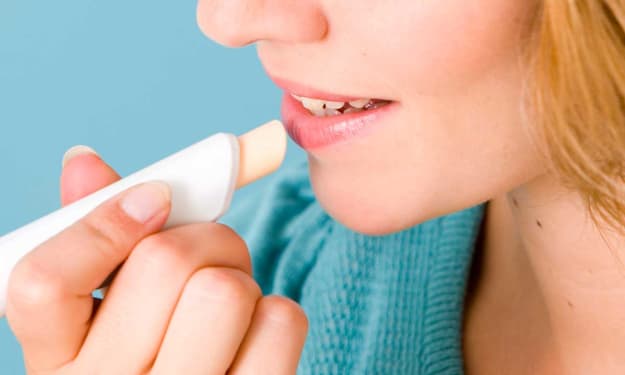
Shiny hair with a smooth texture and clean-cut ends or tapered tips is generally perceived to be healthy. Hair texture and shine relate to hair surface properties, whereas the integrity of hair ends relates to the hair cortex. Hair can be straight, wavy or curly, blonde, black, brown, red, gray white, and its natural variations are important to our identity. Manipulation of the normal structure of the hair shaft is epidemic and dictated by culture, fashion, and above all, celebrity. Although cosmetic procedures are intrinsically safe, there is potential for damage to the hair. Loss of lustre, frizz, split ends, and other hair problems are particularly prevalent among people who repeatedly alter the natural style of their hair or among people with hair that is intrinsically weak. This may be due to individual or racial variation or less commonly an inherited structural abnormality in hair fiber formation. Hair health is also affected by common afflictions of the scalp as well as age-related phenomena such as graying and androgenetic alopecia. Hair products that improve the structural integrity of hair fibers and increase tensile strength are available, as are products that increase hair volume, reduce frizz, improve hair manageability, and stimulate new hair growth.Introduction
This review aims to help the clinician to understand the complex interplay between the various medical and biological factors, scalp care habits, hair care procedures and environmental factors to hair health.
Hair is an important component of body image. It is one of few physical characteristics we can change and manipulate to the dictates of culture and fashion. Hair cosmetics are widely used to alter the physical and mechanical properties of hair, which are dependent on internal structural organization and protein constituents.Hair Structure
Hair consists of an outer hydrophobic lipid epicuticle, a layer of flattened overlapping cuticle cells surrounding the elongated polyhedral cortical cells. The normal cuticle has a smooth appearance, allowing light reflection and limiting friction between the hair shafts It is responsible for the lustre and texture of the hair. (Draelos, 1991) The cuticle may be damaged by frictional forces like brushing. The cortical cells surround an optional and often discontinuous central medulla. The cortical layer determines many of the mechanical properties of the hair. The surface of the hair is covered in a covalently bound, monomolecular layer of a unique, branched, fatty acid – 18-methyl eicosanoic acid (Figure 1).
Download : Download full-size image
Figure 3. A significant degree of weathering to the hair shaft. Most weathering is self-inflicted.
Different types of hair have varying affinity for the different coloring and waving methods. Damaged hair also has a different affinity for hair products (Brown, 1977).
In addition hair strength and resistance to damage by exogenous factors show racial as well as individual variation. Inherited structural abnormality in hair fiber formation are rare and beyond the scope of this article.
In people of African descent, permanent hair loss in the form of hot comb alopecia and possibly also central centrifugal alopecia are recognized, rare consequences of hair straightening procedures (Sinclair et al., 1999). Traction alopecia is potentially reversible hair loss that occurs as a consequence of certain hair styles (Sinclair et al., 1999).
Weathering
Weathering is the progressive degeneration from the root to the tip of the hair of the cuticle and then later the cortex due to routine everyday wear and tear.
Although all hair exhibits some degree of weathering, longer hair, subjected to repeated insults, inevitably shows more severe changes of weathering (Figure 2) (Gummer, 1999). Features of weathering include damaged cuticles, longitudinal fissures known as spilt ends and transverse fissures resembling the nodes seen in trichorrhexis nodosa (Dawber, 1996).





Comments
There are no comments for this story
Be the first to respond and start the conversation.